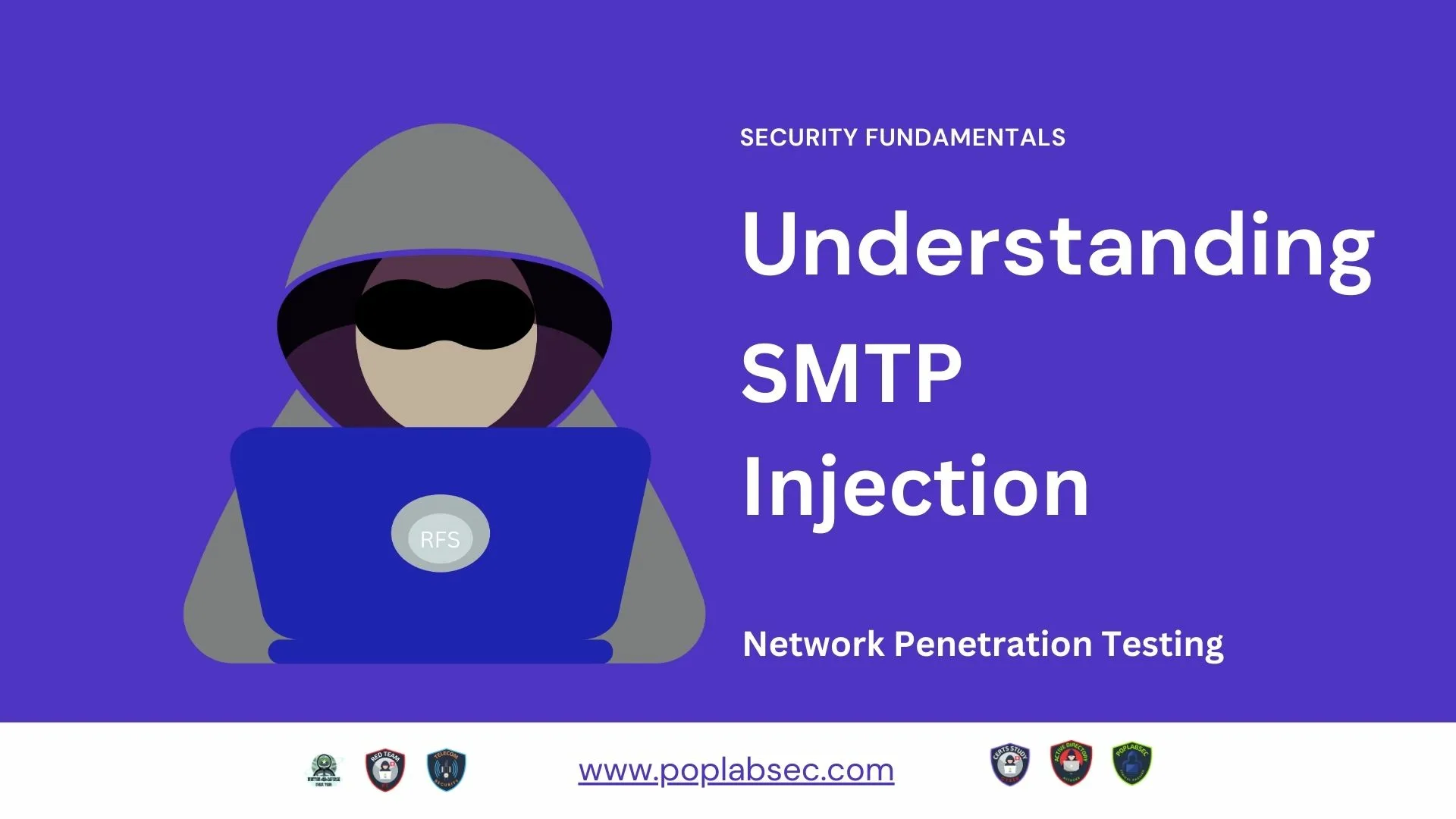Email has long been one of the primary modes of communication, especially for businesses. Operating behind these emails is a protocol known as Simple Mail Transfer Protocol (SMTP).
While it has served us well over the years, hackers and cybercriminals have found ways to manipulate the system.
One such manipulation technique is known as SMTP Injection.
Table of Contents
What is SMTP Injection?
SMTP Injection is a form of cyber attack where the hacker exploits vulnerabilities in an SMTP server to send huge volumes of unauthorized emails or spam.
It involves injecting SMTP commands into the communication process between the server and the client to manipulate the server into sending undesired emails.
SMTP injection attacks pose critical risks, such as malicious content delivery and large-scale spam campaigns, potentially damaging the company’s reputation.
With these harmful possibilities, understanding SMTP injection becomes essential for businesses using email for communication.
How SMTP Injection Works
SMTP is designed to transfer mail between servers and clients across networks. However, the attackers manipulate this protocol in its vulnerable areas, particularly during the data transfer stage.
When a client sends an email, it is sent to SMTP, which, in turn, delivers it to the recipient’s server.
Hackers can intercept this process and creatively craft malicious SMTP commands into email bodies.
Meanwhile, upon receiving these emails consisting of additional SMTP commands, the receiving SMTP server treats them as a new email message.
It then inadvertently processes those commands, leading to the sending of unauthorized emails or spam.
The injected commands can force the server to send additional messages, allowing the attacker to carry out large-scale spam campaigns or even deliver phishing emails.
Possible Risks and Implications
If an SMTP server falls victim to an SMTP injection attack, it isn’t just the organization’s reputation at stake. The possible implications are widespread:
- Spam generation: A compromised SMTP server can be used to dispatch thousands of spam emails, causing it to be blacklisted by other servers and resulting in legitimate emails failing to reach their intended recipients.
- Phishing emails: Hackers tend to send phishing emails in attempts to steal sensitive information by tricking the recipients into believing they are dealing with a legitimate service.
- Distributed denial of service (DDoS) attacks: A massive amount of data, triggered by an SMTP injection attack, can flood the network, leading to server crashes and disrupting the normal functioning of the server.
Prevention Measures
Preventing SMTP injection attacks requires the implementation of stringent checks and a secure system from the outset:
- Input validation: Sanitize user input by barring special characters that are part of SMTP commands. Input validation helps ensure safe user input and prevents potential exploitation.
- Usage of SMTP authentication: Implementing an authenticated SMTP server can add a layer of security, allowing only verified users to send emails, thereby reducing the chance of SMTP injection happening.
- Regular Scanning: Regular audits and security scans for vulnerabilities can help identify and fix potential vulnerabilities on time.
- Updated Security Systems: Having an up-to-date anti-virus and firewall can help block any unwanted intrusion.
- Educate Employees: Train employees about potential threats and attacks such as SMTP injection. The more aware they are, the more likely they will be able to identify and report any suspicious activity.
SMTP injection poses a significant threat to any entity utilizing email as a part of their communication protocol.
However, by maintaining a strong defense through securing servers, utilizing good authentication systems, regular audits, and educating users, businesses can protect themselves from most SMTP injection attacks.
Staying one step ahead in security measures will always play a key role in remaining secure in a world where cyber threats continue to emerge and evolve.
